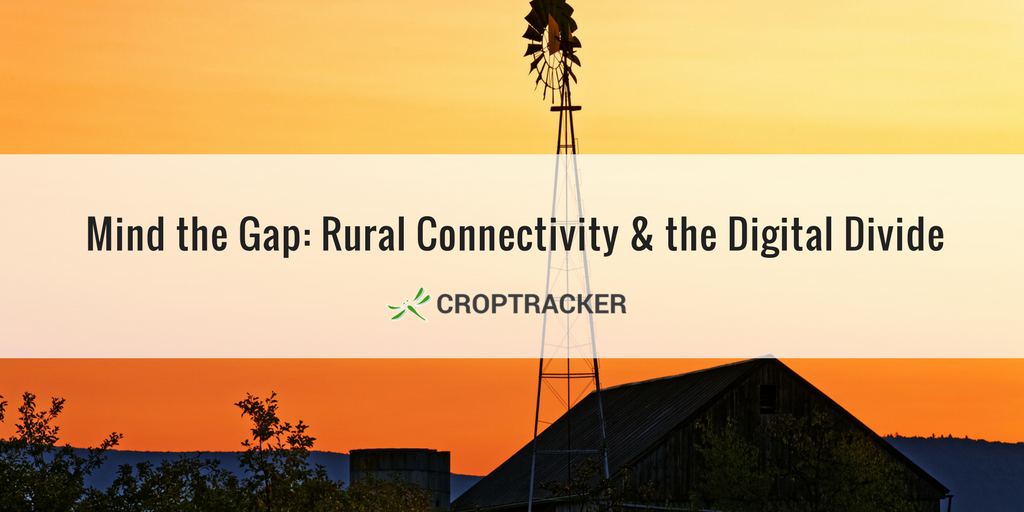Growers are among those who can benefit the most from technology and high-speed Internet connectivity - but they're the group that's most likely to be left in a digital blackout. In today's blog post we discuss the current state and future of rural connectivity in our home country of Canada and around the world. We also take a first peek at what Croptracker's working on to help offline growers bridge the digital divide.
Much-Needed Change Ahead
In 2016, the Canadian Radio-Television and Telecommunications Commission (CRTC) declared that broadband Internet access is Canada is now considered a basic telecommunications service. Previously, local landline service was the only service deemed "basic" (or essential). The CRTC also set new minimum requirements for internet service providers: they must offer all customers download speeds of at least 50 megabits (Mbps), upload speeds of at least 10 Mbps, and the option of unlimited data.
Currently, two million Canadian households - about 18% of the total population - don't have access to such levels of service. By 2021, the CRTC intends to reduce that statistic to 10%. In the next 10 to 15 years, it hopes to create a completely wired Canada.
The CRTC has pledged to contribute $750 million to the expansion of broadband service in rural and remote communities. Part of this $750 million will come from telecom companies, who will be required to contribute a percentage of their revenues to subsidize the expansion.
This problem is not unique to Canada - approximately 39% of rural Americans have broadband too slow to support their needs (the national average is 10%). In the European Union, only 40% of rural households have high-speed access compared to 76% of total EU households.
In Oceania, the problem appears less dire. Australia, 86% of the population has Internet access. In New Zealand, 89% of the population are regular Internet users - and it's predicted that 99% of the population will be able to access broadband at peak speeds of at least 50 Mbit/s by 2025, with the remaining 1% being able to get at least 10 Mbit/s. Despite these heartening statistics, it has been noted that the narrower the digital divide, the deeper it becomes: as more and more of the population gets online, the more those offline feel the impacts of the gap and struggle to compete.
The Benefits of a Connected Farm
Technology helps growers run safer, more efficient, and more profitable operations. Accurate, detailed record-keeping systems - increasingly augmented by RFID implementation - help growers reduce material and labour inefficiencies, reduce report creation and auditing time, enhance their traceability, and improve operational knowledge and trend awareness that translates into better decision-making. Having these systems mobile and cloud-based means growers can spend less time in their office and more time in their fields and orchards, and faciliate quick on-the-go schedule changes that labour teams can react to immediately. Enhanced traceability also means growers are in a much better position to achieve organic certifications and connect with large grocery chain buyers.
The benefits of expanding broadband access to growers will be reaped by urbanites, too. Increased traceability - from accurate, detailed record-keeping systems and RFID implementation - means better food safety for all, and better post-harvest management means more, higher-quality food ends up on everyone's tables.
But What About in the Meantime?
There will still be growers in Canada in the Internet blackout zone for another 10 to 15 years. To help bridge the digital divide and help these growers take advantage of modern technology, Croptracker is working at creating a completely offline version of our software platform, projected to launch near the end of 2018.
We're built on the belief that growers - no matter the size of their operation - should have access to quality software solutions that help them grow more safely, efficiently, and profitably. We're working hard to ensure that we can help growers reap these same benefits no matter where they live.
Missed Last Week's Blog Post? |


